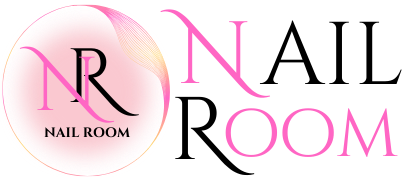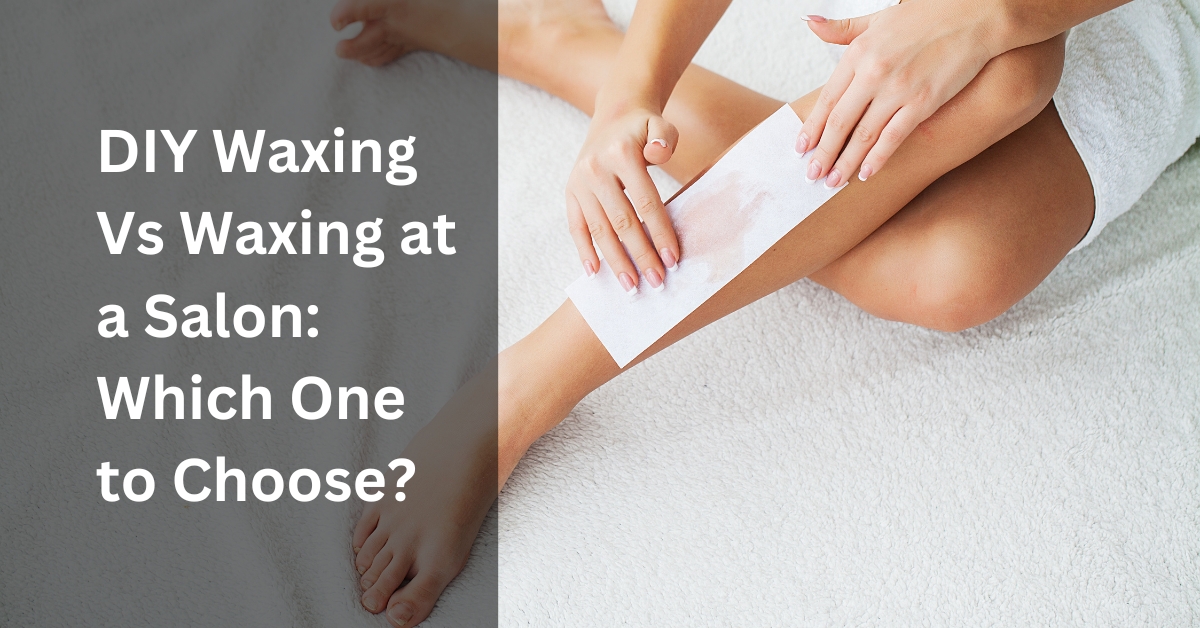DIY Waxing Vs Waxing at a Salon: Which One to Choose?
Removing unwanted hair is a common grooming practice, and waxing remains one of the most popular methods. Waxing provides longer-lasting results compared to shaving and doesn’t typically result in the same level of irritation or redness that depilatory creams can cause. When it comes to waxing, you have two main options: doing it yourself (DIY) at home or going to a professional salon. Each has its benefits and drawbacks. This blog will explore both approaches, highlighting key points to help you decide which method is best for you.
What is DIY Waxing?
DIY (Do-It-Yourself) waxing involves removing unwanted body hair at home using readily available waxing kits. These kits typically include wax (in various forms like hard or soft), applicator sticks, and strips for removal. The process involves heating the wax, applying it to the skin, and then quickly pulling it off to remove hair from the root.
DIY waxing is a cost-effective and convenient option that allows individuals to perform hair removal in the privacy of their own home. However, it requires some skill and practice to achieve the best results and can be messy and time-consuming.
What is Salon Waxing?
Salon waxing is a professional hair removal service performed by trained estheticians in a salon setting. The process uses high-quality waxes and professional techniques to effectively and safely remove hair from various body parts. The esthetician applies the wax to the skin and then removes it with expert precision, minimizing pain and irritation.
Salon waxing provides a more relaxing and pampered experience compared to DIY waxing. It ensures thorough hair removal, adheres to strict hygiene standards, and often includes pre- and post-treatment care to enhance the results and comfort of the client.
DIY Waxing: Potential Drawbacks
1. Learning Curve
Technique Matters
While DIY waxing kits come with instructions, mastering the correct technique can be challenging. Improper application or removal of wax can lead to ineffective hair removal, increased pain, and even skin damage. Beginners often find themselves struggling with the right temperature for the wax, the correct angle for removal, and the amount of wax to use.
Trial and Error
The learning curve can be steep, and it often requires several attempts to get the hang of it. This means that your first few waxing sessions may not yield the smooth results you’re hoping for and could involve some discomfort or skin issues as you learn.
2. Pain Management
More Painful
Professional estheticians have techniques to minimize pain, such as pulling the skin taut and using fast, decisive movements. When waxing at home, you might lack these skills, making the process more painful. Additionally, without professional-grade products, the wax might not adhere as well, causing more discomfort during removal.
No Professional Support
Without the guidance of a professional, managing the pain can be more challenging. Professionals can offer tips and tricks to reduce discomfort, whereas you are on your own with DIY waxing.
3. Time Consuming
Longer Process
DIY waxing can be significantly more time-consuming compared to a professional service. For someone who is inexperienced, waxing large areas like legs or back can take a considerable amount of time. Setting up, applying the wax, removing it correctly, and cleaning up afterward can turn into a lengthy process.
Multiple Attempts
You might need several attempts to remove all the hair effectively, especially if you’re new to waxing. This adds to the time spent compared to the quick and efficient process at a salon.
4. Mess and Cleanup
Messy Affair
Waxing at home can be a messy process. Spilled wax, sticky surfaces, and residue on the skin all add to the hassle. Cleaning up after a DIY waxing session can be frustrating. In contrast, professional salons handle all the mess, leaving you with smooth skin without the cleanup.
Persistent Residue
Sometimes, despite best efforts, you may end up with wax residue on your skin which can be difficult to remove. This often requires additional products or oils to completely clean up.
5. Risk of Injury
Potential Skin Damage
Without proper training and experience, there is a higher risk of skin irritation, burns (from overheated wax), or bruising due to improper technique. Sensitive areas require careful handling, and it’s easy to cause harm without the knowledge of how to manage different parts of the body.
Allergic Reactions
DIY kits may not always be hypoallergenic or suitable for your skin type, leading to potential allergic reactions or skin sensitivities. Professionals usually have products for sensitive skin to avoid such issues.
Salon Waxing: The Professional Touch
1. Expertise and Experience
Professional Techniques
Estheticians are trained to perform waxing with expertise. They understand the nuances of different skin types and hair textures, ensuring a thorough and effective hair removal process. Their experience allows them to make the process swift and less painful.
In-Depth Knowledge
Professionals can advise on pre and post-wax care, ensuring your skin remains smooth and less irritated. They can also handle difficult areas with ease, providing a smoother result.
2. High-Quality Products
Better Results
Salons use professional-grade waxes and products that are often more effective and less irritating than those found in DIY kits. These products are tailored to various skin and hair types, providing a more customized experience that leads to better results.
Specialized Waxes
Some salons use specific types of waxes like hard or soft wax, depending on the area being treated. This customization enhances the effectiveness and comfort of the waxing process.
3. Hygiene Standards
Clean and Safe
Salons adhere to strict hygiene standards, using sterile equipment and ensuring a clean environment. This reduces the risk of infections and ensures that the process is safe. They follow protocols that you might not be able to replicate at home.
Sanitary Practices
Professionals wear gloves, use disposable applicators, and follow practices that minimize the risk of cross-contamination, ensuring a hygienic waxing experience.
4. Less Painful Experience
Minimized Discomfort
Experienced estheticians employ techniques to minimize discomfort. They know how to pull the wax strips quickly and effectively, reducing the pain associated with hair removal. Their skill can make a significant difference in how painful the process feels.
Pain Relief Options
Some salons offer products like numbing creams that can be applied before the waxing session to further reduce pain, something you might not have access to at home.
5. Relaxing and Time Efficient
Quick and Pampered
Salon visits can be a pampering experience. Professional waxing is typically faster than DIY efforts, especially for large areas like legs or back. You can relax and allow someone else to do the work, often in a calm and soothing environment.
Stress-Free
With a professional handling the process, you can avoid the stress and anxiety that sometimes accompanies DIY attempts, particularly if you’re new to waxing.
In Conclusion
When deciding between DIY waxing and salon waxing, consider what you value most in your hair removal process. DIY waxing is cost-effective and convenient, allowing you to do it at home at any time. However, it requires practice to perfect the technique, can be more painful, takes longer, and can be quite messy. For instance, you can find some of the best waxing services in Malleshwaram, Bangalore that ensure a professional and pampered experience.




